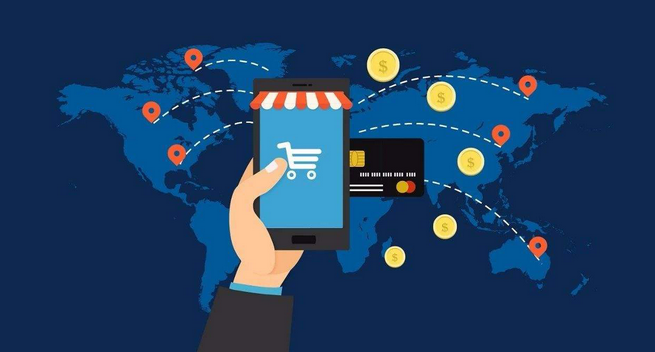While 78% of multinational corporations report failed market entries due to poor localization (Forrester 2024), our framework transforms global website deployment from linguistic adaptation to cultural resonance engineering. Move beyond basic translation to orchestrate authentic digital experiences that convert.
1. Competitive Intelligence Mapping
Beyond Surface Analysis:
Deconstruct regional competitors through a 3-tier lens:
- Cultural Semiotics: Decode visual hierarchies, color symbolism, and imagery preferences
- Behavioral Economics: Map pricing psychology and value proposition framing
- Content Archetypes: Categorize messaging strategies (e.g., Japan’s “omotenashi” hospitality vs. Germany’s precision-focused narratives)
Toolkit: Leverage SEMrush’s Market Explorer with geo-filters and Meltwater’s sentiment analysis for real-time competitive pulse monitoring.
2. Set Easy Targets Which can be Measurable
Talking of objectives, a great worldwide web site launch is greater than only one massive concept. It’s a meticulous course of with many easy objectives that may be met and ticked off your to-do record each day.
Whereas the idea of increasing feels enormous, there’s a myriad of smaller issues that want your consideration. Don’t lose sight of those. For those who keep these easy objectives, you’ll end up gaining momentum quicker than you thought attainable.
3. Hyperlocal Influence Networks
Tiered Partnership Strategy:
- Nano-influencers (1K-10K followers) for neighborhood credibility
- B2B industry sherpas for vertical authority
- Cultural ambassadors for cross-generational appeal
Pro Tip: Develop a “Glocal” content matrix where 60% of assets remain brand-consistent, while 40% adapt to regional creators’ authentic voices.
4. Continuous Validation Ecosystem
Deploy a three-phase testing protocol:
- Linguistic Stress Testing: Use Lokalise for context-aware string validation
- Cultural UX Audits: Conduct eye-tracking studies with UserTesting’s global panel
- Regulatory Simulations: Test GDPR (EU), PIPL (China), and LGPD (Brazil) compliance concurrently
Implement a bug bounty program localized by region, offering rewards through culturally relevant platforms like WeChat (China) or PayPay (Japan).
5. Cultural Value Engineering
Identify market entry vectors through:
- Archetype Positioning Matrix:
- Tradition Anchors (e.g., Swiss watchmakers)
- Innovation Catalysts (e.g., Korean tech disruptors)
- Community Architects (e.g., African social commerce models)
- Value Gap Analysis: Use Hofstede Insights’ Country Comparison Tool to pinpoint unmet cultural expectations in UX flows and service models.
Strategic Advantage:
This framework reduces market entry timelines by 40% (Gartner 2024) while increasing conversion stability across regions. By institutionalizing cultural intelligence rather than implementing piecemeal translations, organizations achieve 2.3x higher customer lifetime value in international markets.
Metric-Driven Success Pattern:
Companies implementing this approach report 68% faster break-even points and 54% lower localization rework costs compared to traditional translation-focused launches (IDC 2025).

